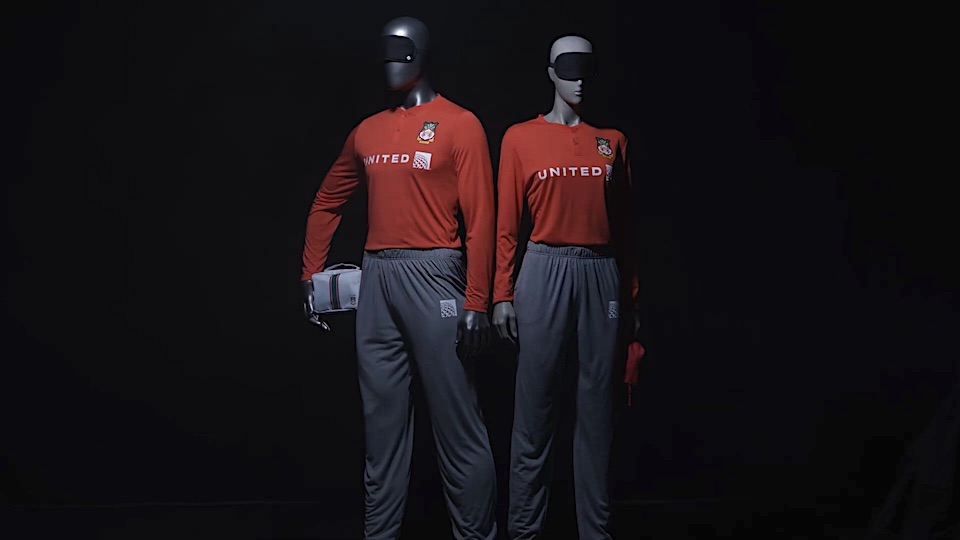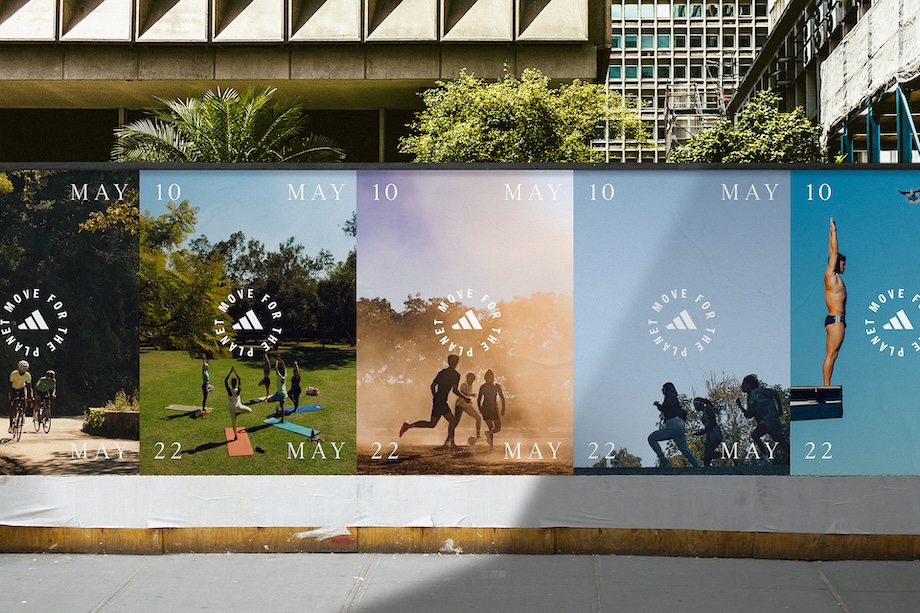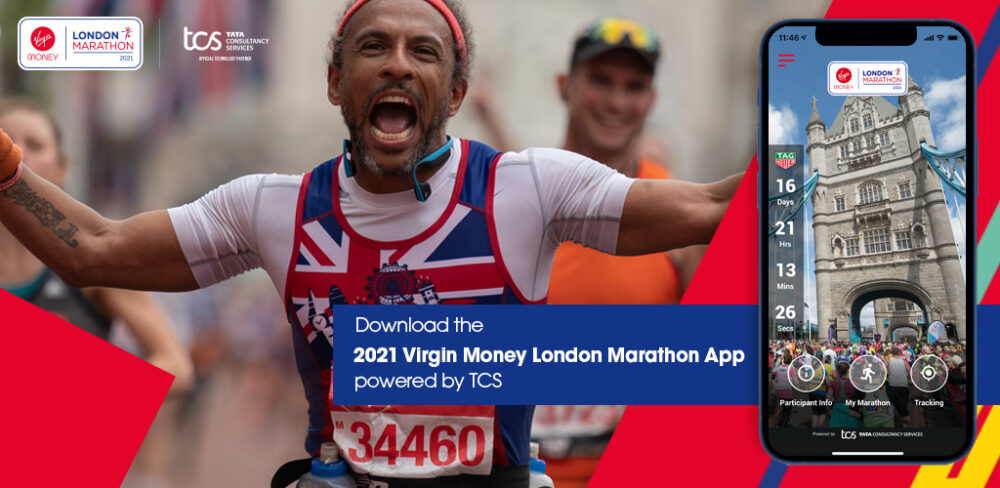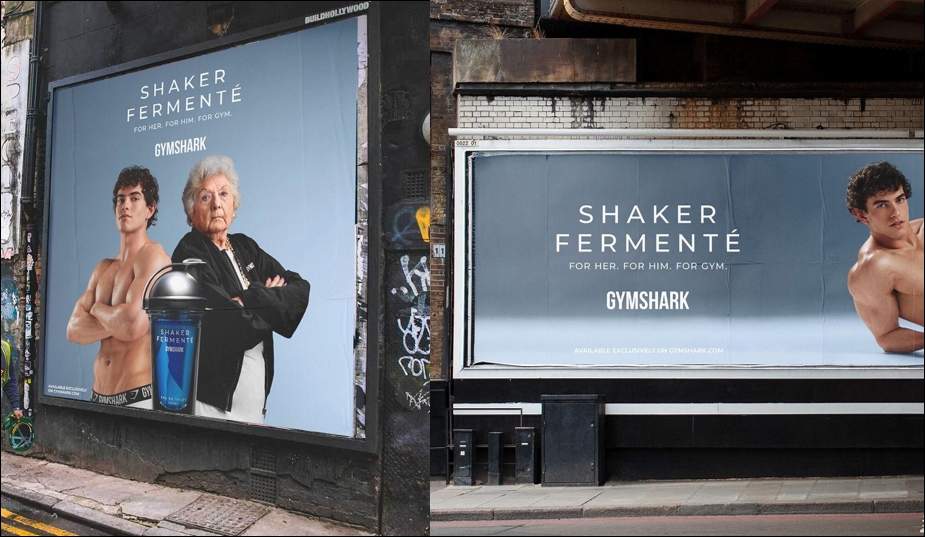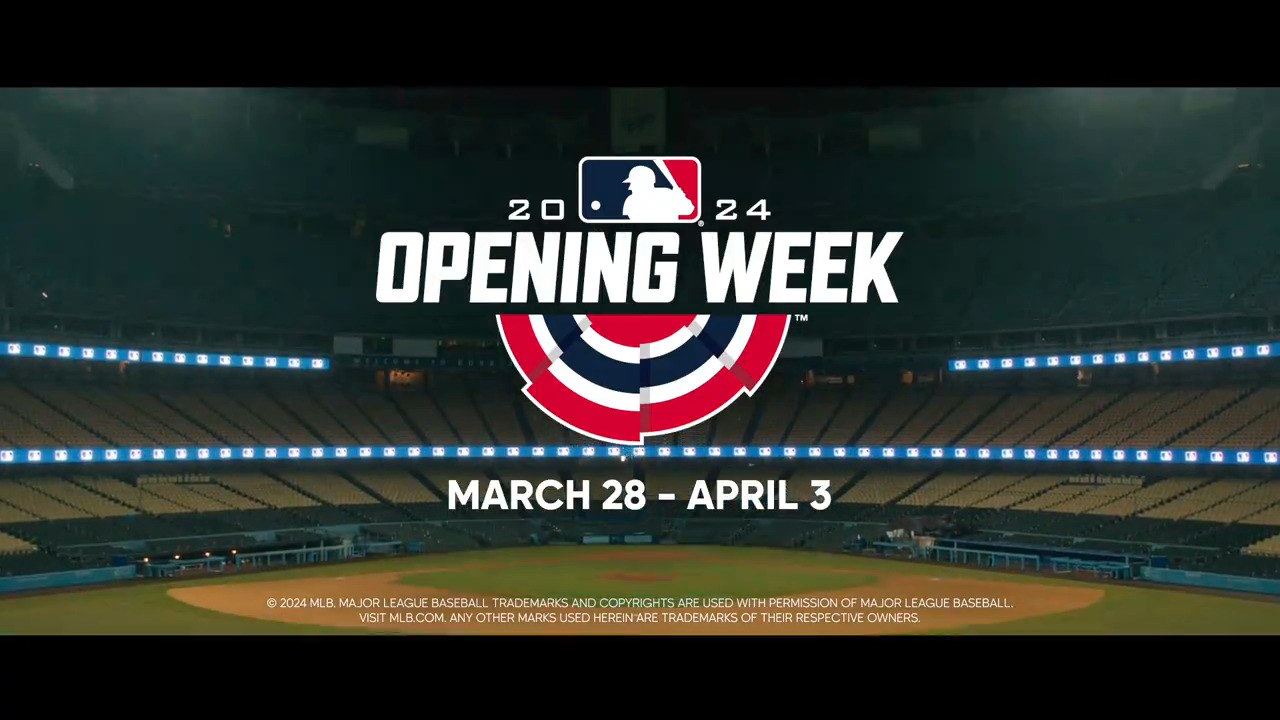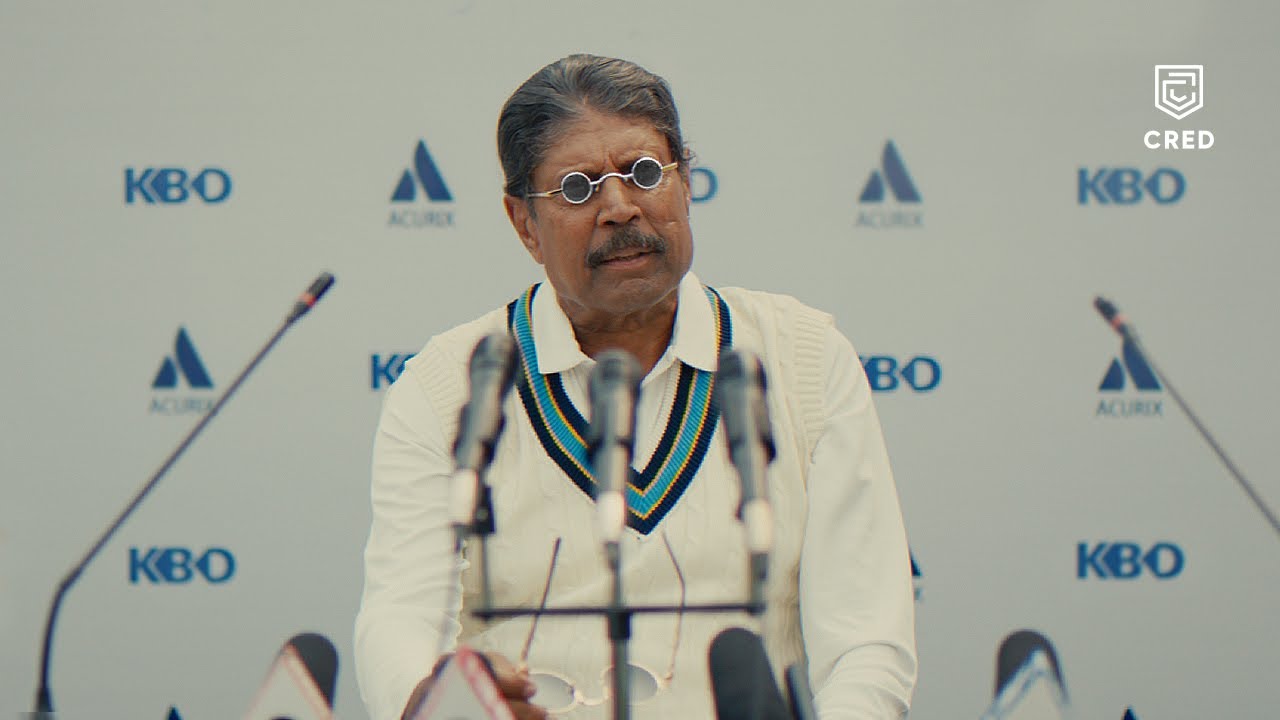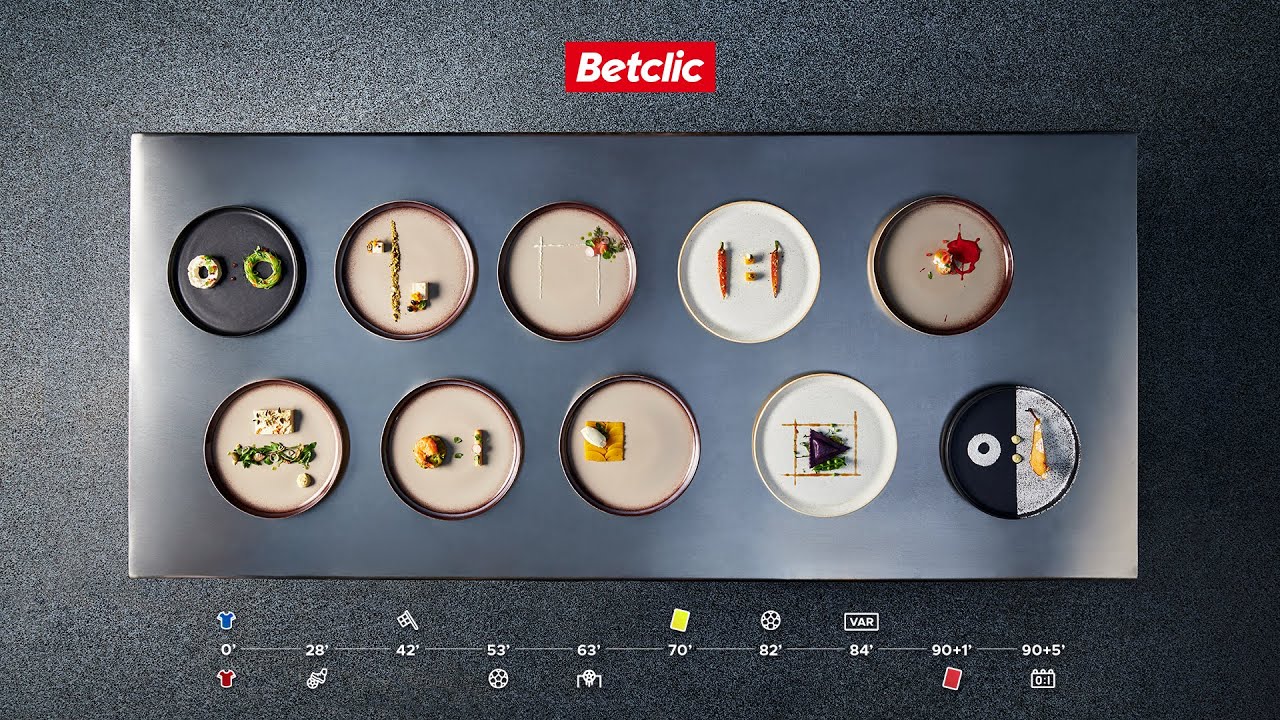As the ‘one year to go’ countdown to the 2014 World Cup begins, FIFA sponsor activation is being largely drowned out by consumer campaigns and NGO activation as millions of Brazilians take to the streets to protest against issues from transports costs and social equality to the perceived high costs and corruption surrounding the World Cup.
While FIFA’s official timekeeper and official watch partner Hublot inaugurated its official countdown clocks, designed for the upmarket watch brand by legendary Brazilian architect Oscar Niemeyer, by unveiling them at a celebrity gathering that included brand ambassador Pelé, FIFA Secretary General Jérôme Valcke and Hublot chairman Jean-Claude Biver at Copacabana beach in Rio de Janeiro.
In addition to generating PR for the countdown clock unveiling and rolling out digital activation led by online film, Hublot will gain strong on-pitch visibility benefits through the tournament itself with its branding on the referee boards.
The clock is one of three (the others are in Sao Paulo and Brasilia) that are all countdown set for T-365 and aim to symbolise a welcome to the world and the pride of hosting the 2014 FIFA World Cup Brazil.
But the countdown event and the wider FIFA/organiser sentiment has been almost entirely overshadowed in the world’s media by the huge street protests which have resulted in riot police firing tear gas and rubber bullets and the president Dilma Rousseff call off a trip to Japan and call an emergency cabinet meeting.
While FIFA president Sepp Blatter actually called on protesters to stop linking their demonstrations to football, as protests and clashes have focused around the current Confederations Cup competition (which is taking place in Brazil as something of a World Cup warm up) and official speeches in stadiums have been booed with fans on the streets and in stadiums carrying placards condemning FIFA and the World Cup.
Social media is playing a key role in the protests too with a Twitter and Facebook campaign encouraging spectators inside the grounds to turn their backs when the national anthem is played.
One eloquent English language protest video on YouTube, called ‘No, I’m Not Going To The World Cup’, has thus far racked up an astonishing 2,199,216 views to date (compare this to Hublot’s ‘One Year To Go’ YouTube film which has a mere 2,660 views).
The video’s narrator, Carla Dauden, explains her position: ‘Suddenly there is all this money available to build new stadiums and the population is led to believe the World Cup is the change they need for their lives to get better. But the truth is that most of the money from the games and the stadiums goes straight to Fifa and we don’t see it so we don’t get it and the money from tourists and investors goes to those who already have money.’
Football is a powerful means of grabbing public attention and NGOs and charities are also using the 2014 World Cup as a focal point for campaigns highlighting their causes and campaigns.
One of the most notably examples of this in recent months was the innovative WWF ‘deforestation’ digital on-screen hijack of a Brazilian Women’s international match.
To highlight the fact that the equivalent of a football field of forest is clear-cut every four minutes in Brazil, WWF executed a progressive on-screen visual transformation of the pitch from its normal green to brown over the equivalent time that pitch area is deforested in Brazil.
The hijack, created by Gray 141, occurred during a broadcast of a Brazilian women’s international against Denmark and it finished with a pay off message at the end of the game that explained the take-over and the link back to the WWF website.
The YouTube video of the hijack has gained 224,602 views to date and according to WWF itself visits to its own website immediately after the game increased by 73%.
Comment
Whether it is spontaneous street protests or a pre-planned professional ad agency on behalf of a charity, hijacking events to leverage the attention and excitement of the public is now an established tactic.
From Amnesty International at the Beijing Olympics to Nike’s previous ambushing of Adidas Olympic and World Cup rights, marketers and organisers understand that they can gain traction from the huge audiences and media interest.
Whether sponsors ought to stay dark during these periods, or open up transparent platforms for debate is a complex debate with risks on both sides.
Further and tougher legislation looks less like the right long term answer to these challenges.
More sponsorship professionals seem to now be arguing that rights owners’ recent attempts to drive through ever tougher and more draconian anti-ambush legislation in recent years is the wrong direction for the industry to move in.
One thing seems certain, there is little any rights owner or government can do in terms of short term legislation to stop the kind of million-strong street protests currently taking place in Brazil. A more rounded and realistic reappraisal of their approach is surely needed.
Links
Hublot Countdown Clock YouTube
http://www.youtube.com/watch?feature=player_embedded&v=XdJCI2YZu4I#at=29
Not Going To The World Cup
http://www.youtube.com/watch?v=ZApBgNQgKPU
WWF Brazil Deforestation YouTube
http://www.youtube.com/watch?feature=player_embedded&v=4M2uLY8774o
2014 FIFA World Cup Brazil Website






















